Contents
Growing heat-loving crops in the Urals is quite difficult, since the climate of the region is characterized by short, cold summers. On average, only 70-80 days per season do not portend frosts. In such conditions, tomatoes with a long ripening period do not have time to bear fruit to the fullest. That is why farmers mainly use early-ripening varieties for cultivation. They are cultivated in seedlings, followed by planting in protected ground. At the same time, it is especially important to know exactly when to plant tomatoes in a greenhouse in the Urals, so as not to harm the plants and at the same time collect the maximum yield of tomatoes for the season.
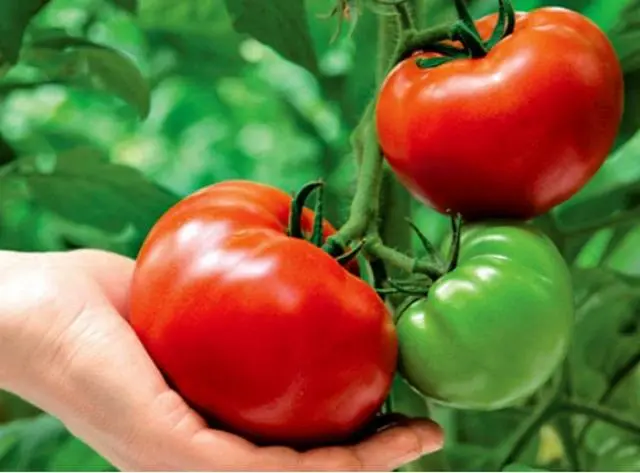
Seeding for seedlings
For cultivation in the conditions of the Urals, early ripe varieties of tomatoes should be preferred. According to gardeners, under such conditions, the “Moldavian Early”, “Siberian Early”, “White Filling” and others have proven themselves well. The fruits of these early ripe tomatoes ripen 100-115 days after the seedlings have appeared. At the same time, these varieties are high-yielding and allow you to collect up to 15 kg of vegetables per season from each 1 m2 soil. Also, the advantage of the varieties is the friendly ripening of the fruits, which allows you to get the most out of the plants before the onset of autumn frosts.
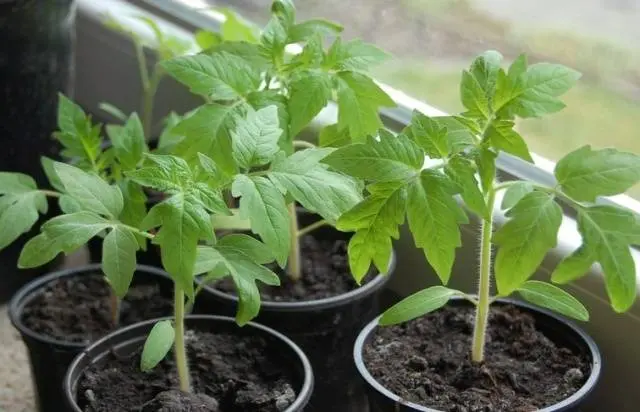
By choosing a variety of tomatoes, you can determine the date of planting seeds for seedlings. Suppose it is decided to grow an early ripening Siberian early ripening variety. The period of ripening of its fruits is 114-120 days. You can plant tomato seedlings in a greenhouse in the Urals in late May – early June. By this time, the plants should have 6-8 true leaves, which is typical for the age of 50-60 days. It should also be noted that about a week passes from the day of sowing to the germination of the seed. Thus, it is easy to calculate that the seeds of this early ripe variety should be sown for seedlings in late March – early April.
Modern selection offers gardeners not only early-ripening tomato varieties, but also ultra-early ones. The period of ripening of their fruits is less than 90 days. An example of such a variety can be the tomato “Aurora f1”, “Biathlon”, “Gavrosh” and others. It is necessary to sow the seeds of these varieties for seedlings at the end of April.
It is worth noting that ultra-early varieties have proven themselves well for growing in the Urals, since they are able to bear fruit even in its northern regions.
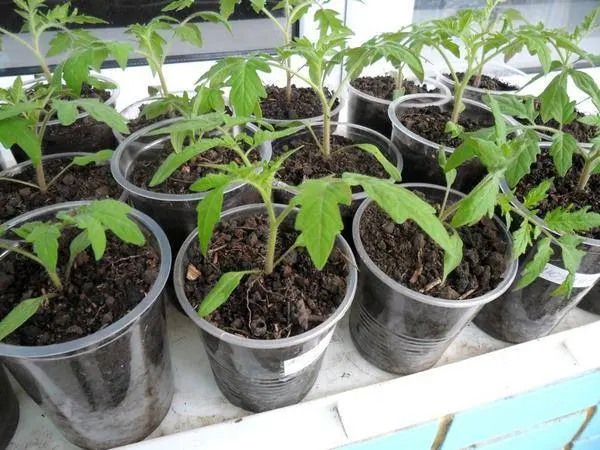
It is worth noting that the Urals are distinguished by climatic diversity. So, one should distinguish between the climate of the northern and southern parts of the region. The northern Urals are indeed characterized by severe weather conditions, but its southern part is quite acceptable for cultivation, including tomato varieties with a long ripening period. Varieties “Grandmother’s gift f1”, “Veneta”, “Palermo” are available to farmers of the Southern Urals. These tomatoes ripen in 130-140 days, which means that their seeds should be sown for seedlings in early March. The favorable climate of this part of the region allows planting tomato seedlings in the greenhouse in early May.
Thus, the time of sowing the seed and the time of planting the tomatoes in the greenhouse depends on the variety of tomatoes chosen and the climate of the part of the region where the crop will grow.
Lunar calendar tips
It is generally accepted that the phases of the moon can favorably or negatively affect plants. During the descent of the moon, it is recommended to plant plants that grow down, deep into the earth, i.e. root crops. The young, growing Moon favorably affects the growth of stems, branches and other components of the aerial parts of the plant. That is why it is recommended to sow tomato seeds and plant plants in the ground during the growth of the moon. The transition of a satellite from one zodiac sign to another can also have an effect on plant growth. Thus, the gardener’s lunar calendar recommends sowing tomato seeds for seedlings in the first days of March and the second decade of April.
If you pay attention to specific dates, then the best time for sowing tomato seeds for seedlings is March 4, 5, April 8,12,13. If it is necessary to sow tomato seeds for seedlings at the end of April, then it is better to do this on the 26th-28th.
When planning to plant tomatoes in a greenhouse, you also need to take into account the recommendations of the lunar calendar. Given the climate of the Urals, and choosing dates in late May – early June, you should pay attention to the dates May 24, 25 and June 2, 7, 11.

Skeptics who do not take into account the phases of the moon in their agricultural activities need to understand that the Earth’s satellite has a direct impact on the ebb and flow of water in the oceans, the life cycles of some animals, and even the mood of people. Having such an influence on the ongoing earthly phenomena, for sure, the Moon will also have a beneficial effect on young shoots, speeding up the process of their vegetation and making the tomatoes stronger.
Features of growing seedlings
When growing seedlings of tomatoes, it is necessary to take into account the peculiarities of the Ural climate. Seeds should be hardened before sowing in the ground. This will allow the tomatoes to grow more adapted to early spring frosts, cool summer weather. Seedlings grown from hardened seeds take root better in a new place and subsequently form more ovaries.

Tomato seeds can be hardened in several ways:
- 8-10 days before the intended disembarkation, the change must be wrapped in a rag bag and dripped into the snow for 3-4 hours, then warmed at room temperature. The procedure of such hardening should be repeated several times for 3 days. After that, the seeds can be treated with disinfectants, growth activators, germinated and sown on seedlings.
- The variable temperature method is popular with gardeners. It consists in placing the swollen, but not germinated seeds in the refrigerator for 12 hours. After such cooling, the seeds are heated for 6 hours at room conditions. This hardening cycle must be repeated until sprouts appear.
You can find out some other details about hardening tomato seeds in the video:
Seeds hardened during planting give stronger and more viable sprouts, which will not be afraid of spring cold and summer vagaries of the Ural weather, but, despite this, in the process of growing seedlings, plants also need to be additionally hardened.
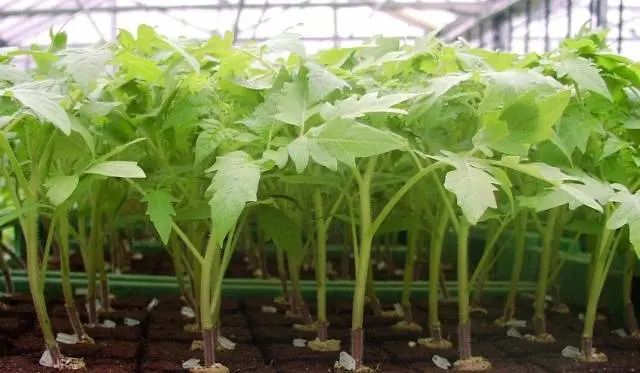
It is necessary to prepare tomato seedlings for new conditions 3-4 weeks before the day of the proposed planting. The first hardening procedures should be short and gentle. For example, you can open a window in a room where containers with seedlings are installed for 10-15 minutes. This will lower the temperature in the room and saturate the room with oxygen. During such hardening, it is very important to ensure that there is no draft, as it can be detrimental to young plants.
The next stage of hardening may be a decrease in night temperatures. Suppose seedlings from a room with a temperature of + 22- + 230C can be taken out to a glazed balcony or loggia, where the temperature is slightly lower. Recommended night temperatures should be around +17-+180C.
A week before planting tomato seedlings in the ground, it is necessary to start taking the plants to fresh air, if it is planned to plant the plants in open ground, or to the greenhouse, if it subsequently becomes a place of permanent growth. It is necessary to accustom tomato seedlings to new conditions by gradually increasing the time from half an hour to a round-the-clock stay.
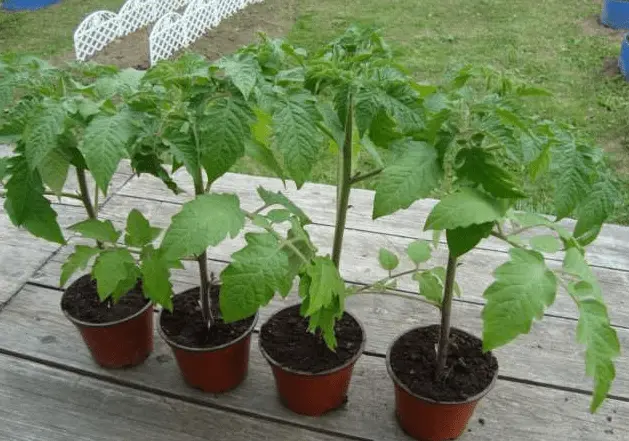
The process of hardening seedlings is quite painstaking, but it is mandatory for growing tomatoes in the Urals. Seedlings prepared in this way will be maximally adapted to new conditions. After planting, hardened plants do not experience stress and do not stop growing.
Planting plants in the ground
You can plant tomatoes in open ground at a time when night temperatures do not fall below +120C. At the same time, the temperature during the day should be at the level of + 21- + 250C. Under the conditions of the Southern Urals, such weather is typical for mid-May, while the northern part of the region is much colder and such conditions can only be expected by mid-June. You can plant tomatoes in a greenhouse 2-3 weeks earlier.
The trunks of plants should be strong, and the leaves should be healthy and green.
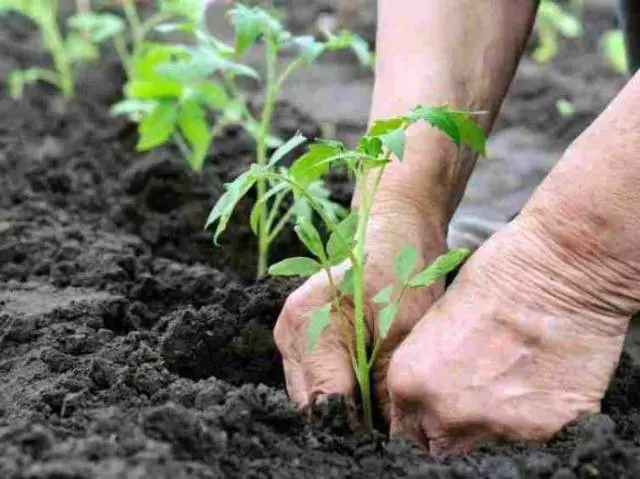
In the northern part of the Urals, gardeners should create warm beds in greenhouses. The organic matter embedded in their thickness will additionally warm the roots of plants and become a source of nutrients. On warm beds, tomatoes are not afraid of short-term cold snaps, the fruiting process is more active, and the yield is significantly increased.
In severe climatic conditions in the early stages of landing, you can resort to the creation of additional heating measures. So, in the greenhouse, the planted seedlings can be additionally covered with a film on the arcs or the greenhouse can be made heated. You can also protect young seedlings from frost by additionally covering the plants with rags or old carpets.

It is worth noting that additional shelter in a greenhouse is an effective means of protecting young plants from possible frosts, since the greenhouse itself has impressive dimensions, a large volume of air and a large area of contact with the external environment. During the day, the air and soil in the shelter warms up enough, but at the same time it cools down quite quickly in the evening. Additional shelter in this case allows you to keep the heat of the earth throughout the night. Of course, adult plants in the greenhouse do not need to be covered, since they already have enough strength and energy to successfully survive short-term cold snaps.
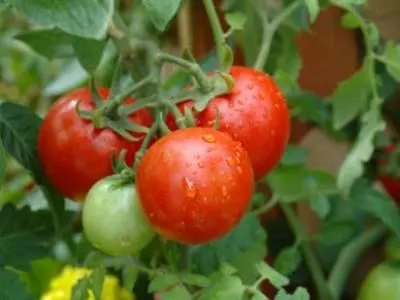
In the conditions of the Urals, you can harvest a full-fledged, plentiful crop of tomatoes in a greenhouse, but it is worth remembering that the early onset of autumn can interrupt the fruiting period with the arrival of frost, so tall tomatoes should be pinched in August. This will allow existing ties to ripen more quickly. Also, in order to obtain a bountiful harvest in full, at the stage of choosing a variety, it is worth giving preference to tomatoes with a friendly ripening of fruits.
To summarize
Thus, it is possible to grow tomatoes in the Urals only taking into account climatic features. Late spring, harsh summer and early autumn oblige the gardener to accurately calculate the time for sowing seeds for seedlings and choose only varieties suitable for this. Hardening is an additional measure to prepare young plants for climatic conditions, but even after carrying out the whole range of hardening measures, plants require care and attention after planting in a greenhouse. At the same time, only with his work and efforts, the gardener will be able to get truly delicious tomatoes grown by himself.









